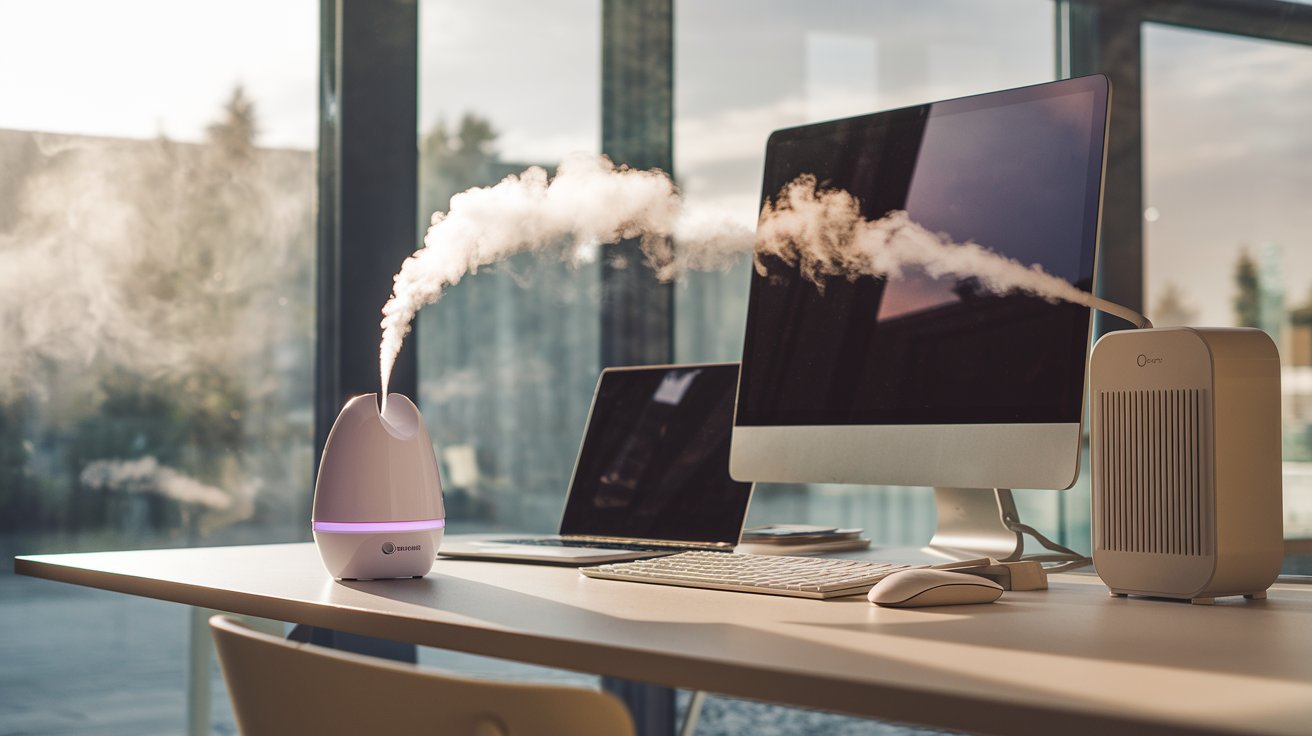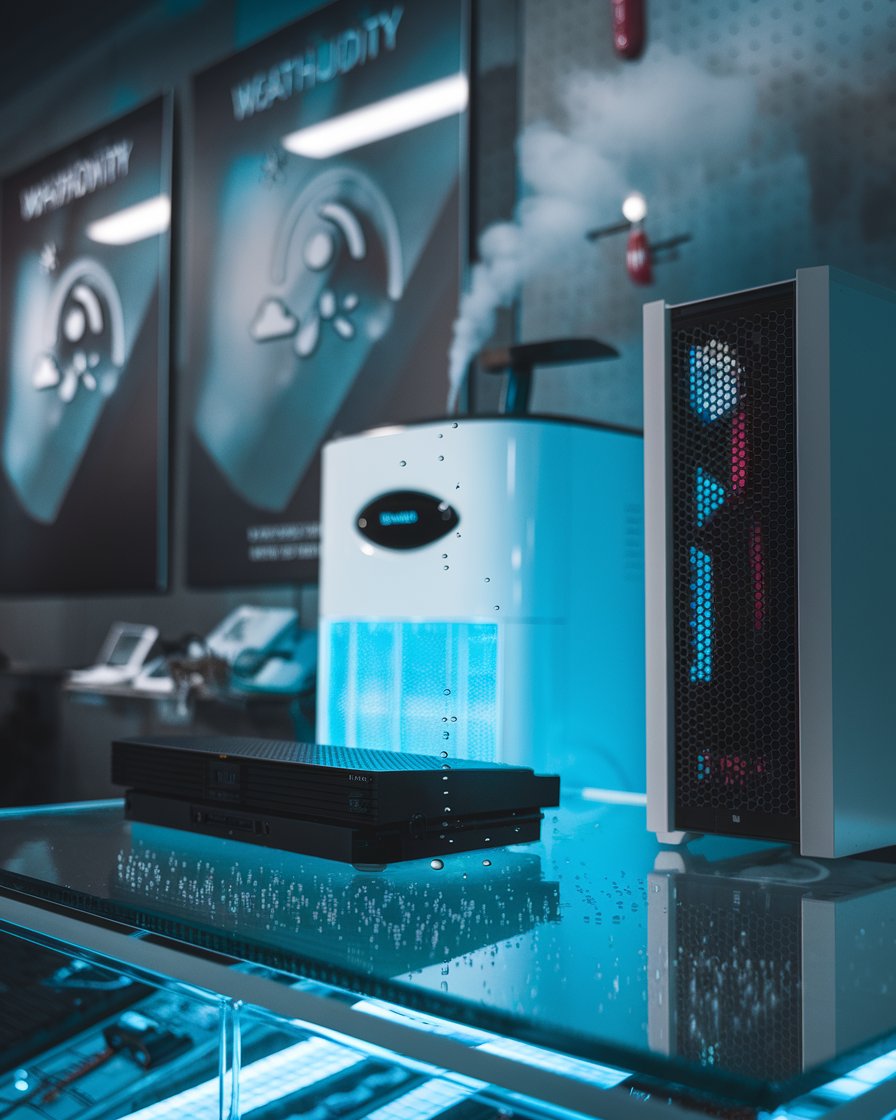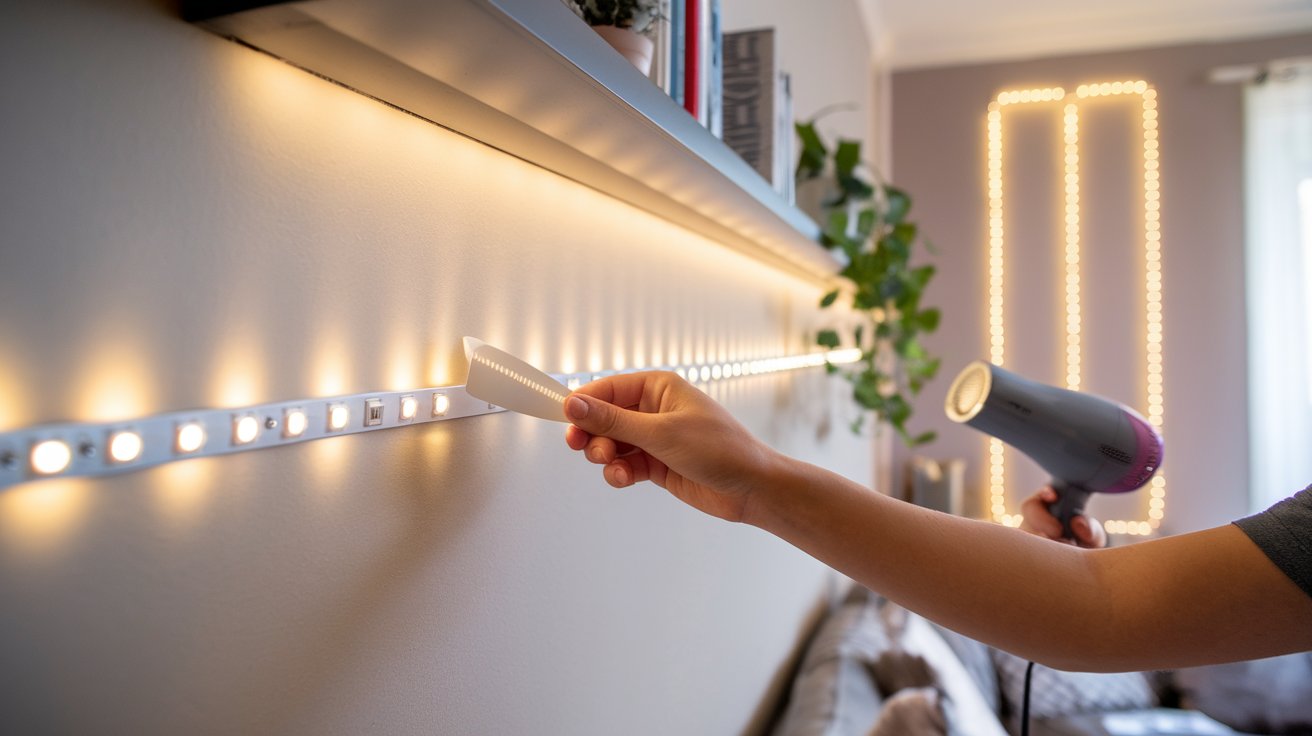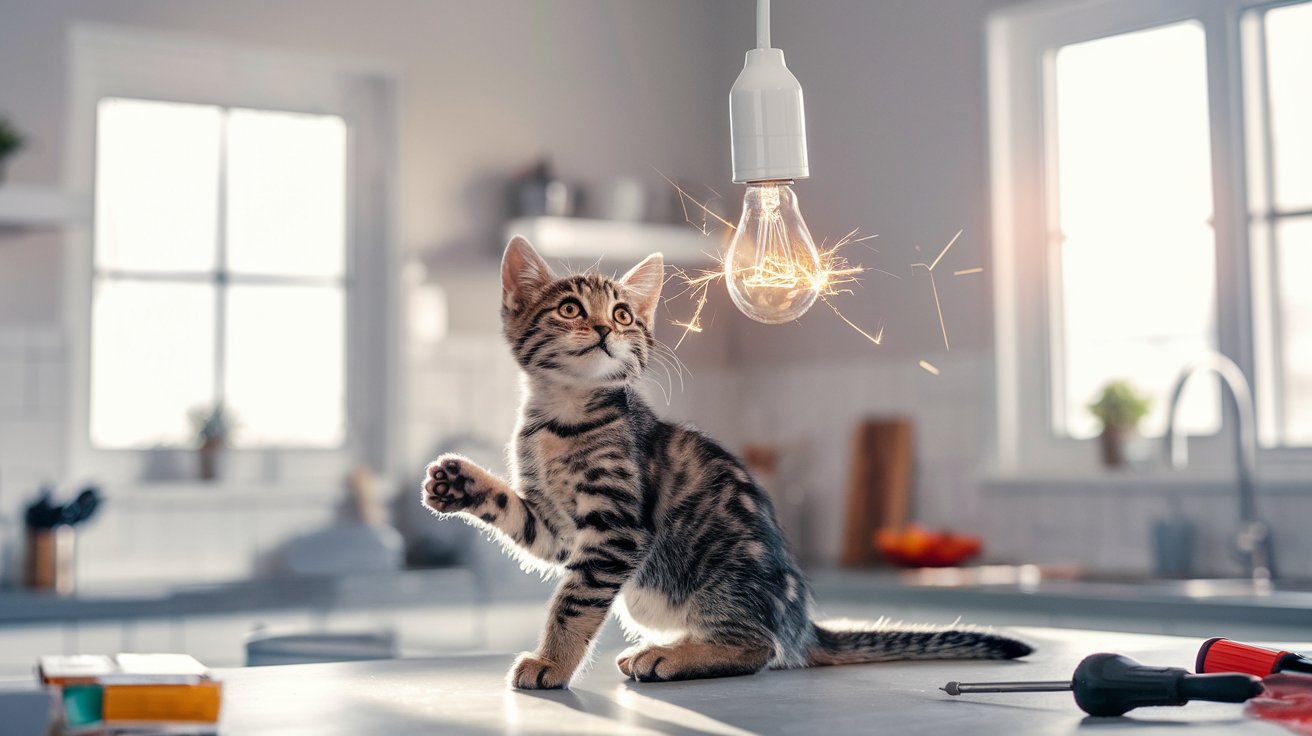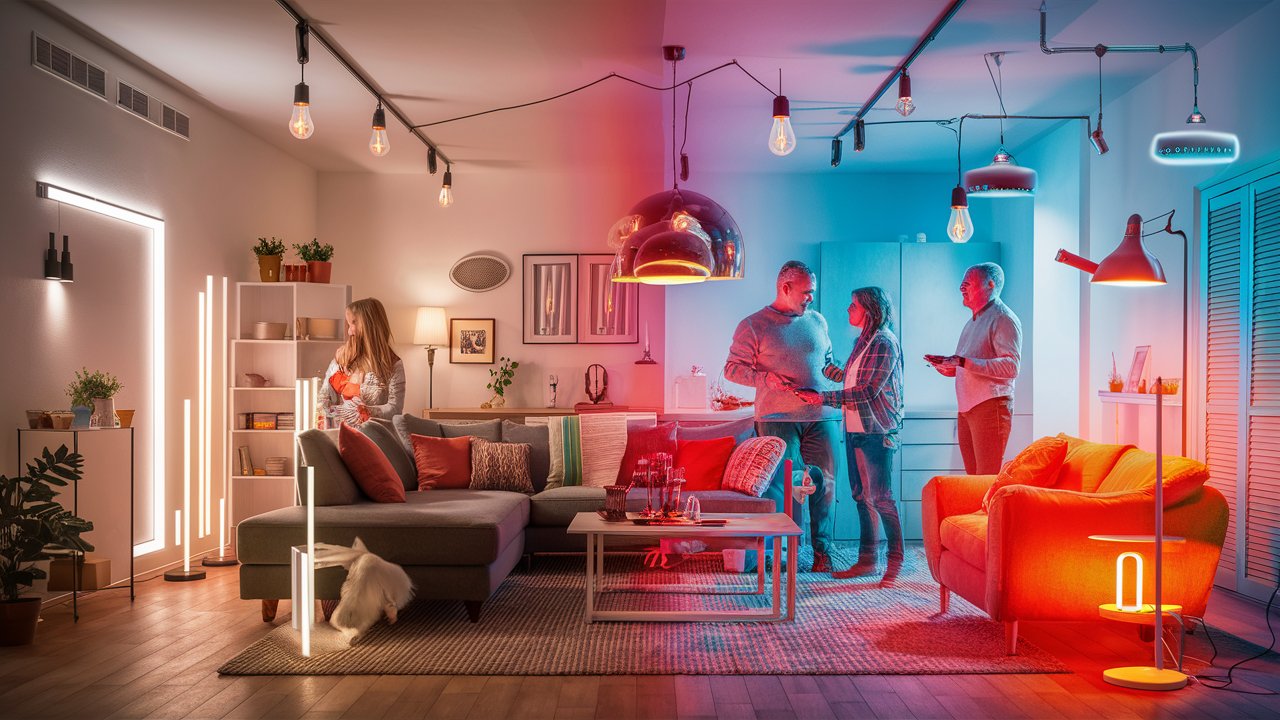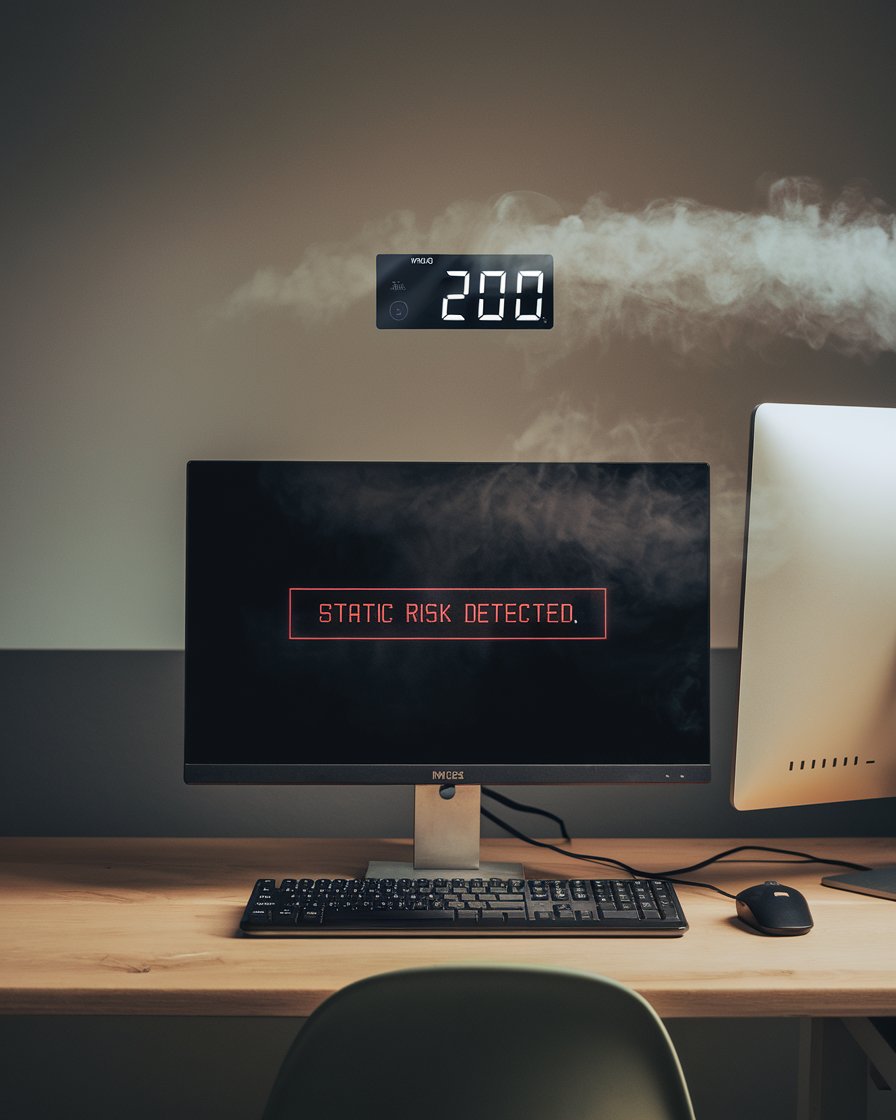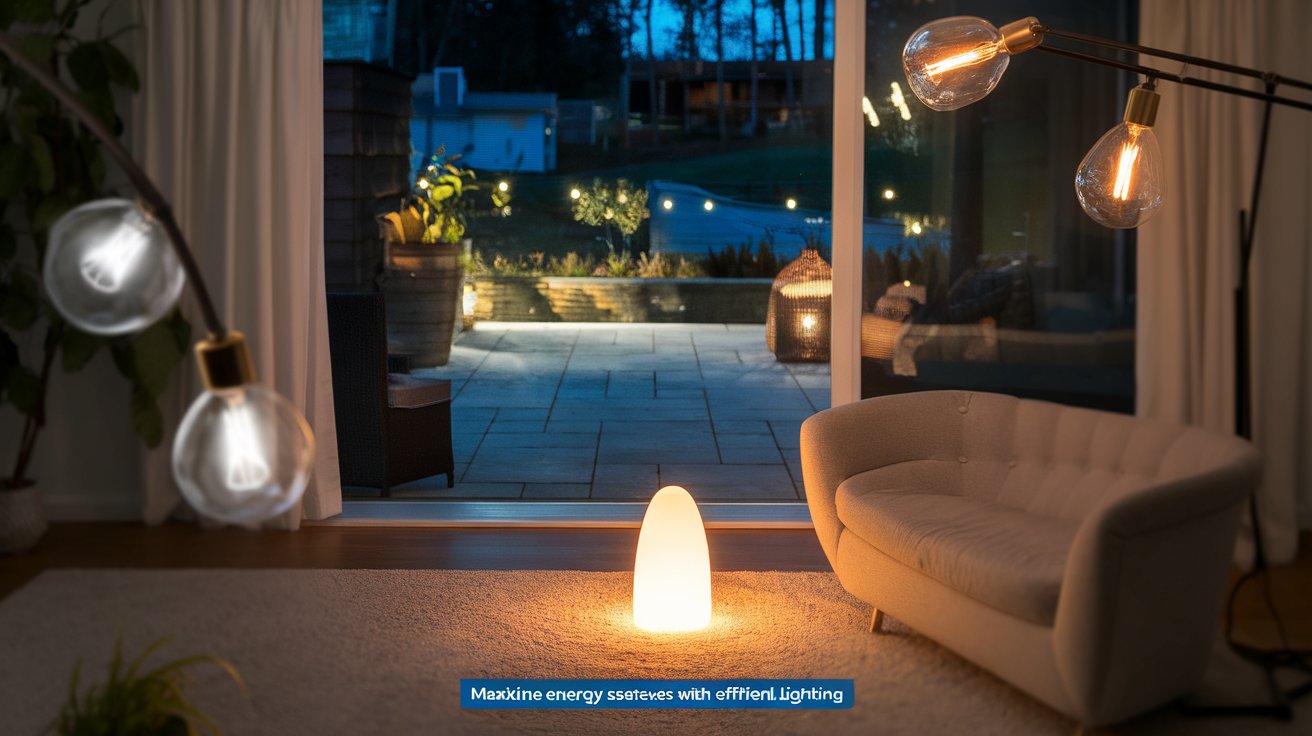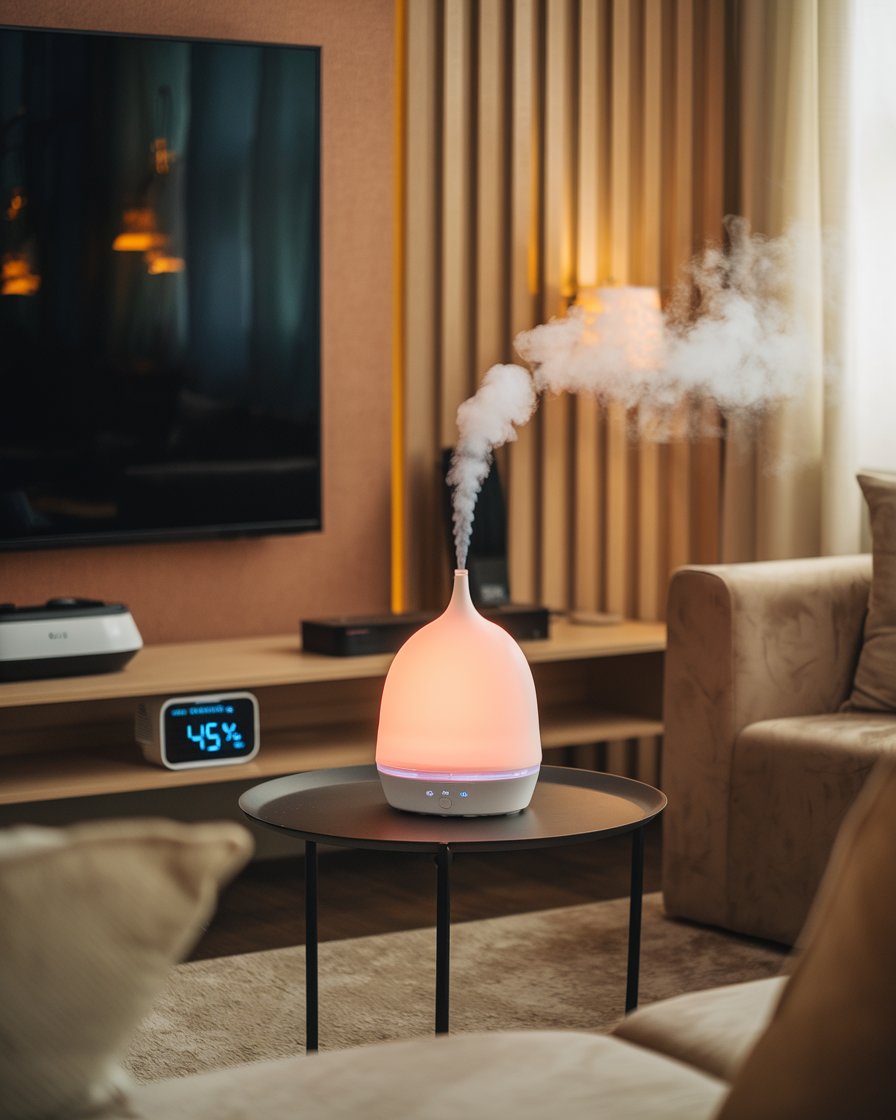Introduction
Humidity plays a significant role in maintaining the health of your electronics, particularly computers. High humidity levels can lead to moisture buildup inside your devices, which can cause serious damage to electrical components. When excess humidity condenses on your computer’s internal hardware, it may result in short circuits, corrosion, or even long-term failure. Whether you’re using a humidifier or live in an area with naturally high humidity, it’s important to monitor the environment in your home to prevent these issues. The good news is that, with careful management, you can avoid potential harm to your devices.
On the other hand, low humidity can also wreak havoc on your electronics. Dry air creates an environment where static electricity can build up, potentially damaging the internal circuits of your PC and other gadgets. Using a room humidifier to maintain the right humidity levels—ideally between 30-50%—can help avoid both excess moisture and the dry conditions that cause static.
Key Takeaways
- High humidity can lead to condensation inside electronics, increasing the risk of short circuits and internal corrosion.
- Condensation caused by humid air can wreak havoc on electronic components, especially computers, if humidity levels exceed 50-60%.
- Maintaining a stable temperature in your room helps prevent condensation and protects electronics from moisture damage.
- Ultrasonic humidifiers can damage electronics if placed too close or if humidity levels are not properly controlled.
- Low humidity increases static electricity, which can damage the sensitive internal components of computers and other devices.
- Using a humidifier at the correct distance and regularly monitoring humidity levels helps prevent moisture and static-related damage.
How High Humidity Affects Electronics and Computers
High humidity can seriously affect the performance of your electronics, including computers. When moisture builds up in the air, it can lead to condensation forming inside the electronic components, increasing the risk of short circuits. Humidity levels above 60% can wreak havoc on devices, leading to internal corrosion and potentially damaging the hardware. Computers, in particular, are vulnerable to excess moisture, as it can interfere with the delicate balance of their components. It’s essential to monitor the relative humidity in your room, especially in areas prone to high humidity. Using a room humidifier properly can help maintain an optimal environment to avoid issues like corrosion or condensation inside your computer.
Key Ways Humidity Affects Electronics and Computers
Condensation on Internal Components
When high humidity is present in a room, condensation can form on your computer’s internal components, which may lead to corrosion or even short circuits. This is particularly dangerous in high-humidity environments where moisture tends to build up on circuit boards and other sensitive areas. Monitoring the humidity levels is essential to prevent this from happening.Corrosion from Moisture Build-up
Over time, consistent exposure to high humidity can result in corrosion on metal components inside your electronics. This process occurs when moisture reacts with the metal, gradually wearing it down. Corrosion can cause your devices, especially computers, to malfunction or fail completely. Using a humidifier properly can help maintain an optimal moisture level to avoid long-term damage.Increased Risk of Short Circuits
The combination of moisture and electrical components creates an ideal scenario for short circuits. When condensation builds up, it can interfere with the electrical pathways inside devices. This can lead to sudden shutdowns, reduced performance, or permanent damage. To reduce this risk, it’s important to monitor the relative humidity and make necessary adjustments to keep it below 50-60%.Static Electricity and Low Humidity
While high humidity poses a threat through moisture, low humidity can also wreak havoc by increasing static electricity. In dry environments, static buildup can occur and discharge onto electronic devices, damaging circuits or causing them to malfunction. Maintaining a balance between low and high humidity is critical to ensure that neither condition compromises the safety of your electronics.Temperature and Its Effect on Humidity Levels
Temperature has a direct impact on how humidity affects electronics. Warmer air can hold more moisture, leading to a greater risk of condensation forming on sensitive electronic parts. Conversely, cooler temperatures can cause this moisture to condense, especially during humid seasons like summer. Keeping your room at a stable temperature can prevent this issue.Using Humidifiers Safely Around Electronics
While humidifiers are helpful for maintaining comfortable humidity levels, placing them too close to electronics can pose a risk. If placed improperly, they can disperse moisture directly onto your devices, leading to damage. Always position your humidifier at a safe distance from computers and other electronics, and regularly check humidity levels to prevent excessive moisture build-up.
Understanding Condensation and Its Effect on Electronics
Condensation occurs when humid air cools down and forms water droplets on surfaces, including electronic components. This moisture can cause serious issues like corrosion and short circuits, especially in delicate devices like computers. The internal components of electronics are particularly sensitive to water buildup, and condensation can wreak havoc on their functionality. To avoid damage, it’s crucial to monitor the humidity levels in the room and ensure they don’t exceed 50-60%. High humidity can also result in slower performance in devices like gaming consoles and PCs due to potential internal damage from condensation.
The Role of Temperature in Managing Humidity Levels
Temperature plays a significant role in how humidity affects your electronics. Warm air holds more moisture, and as the temperature drops, that moisture can condense on electronic components. For instance, during the summer, high humidity combined with a temperature change can cause condensation on your laptop or monitor. Keeping your room at a stable temperature while using a room humidifier can help prevent the formation of condensation on your electronics. It’s important to use both temperature and humidity monitors to ensure the environment is safe for your devices.
Can a Humidifier Cause Damage to Electronics?
A humidifier can cause damage to electronics if not used properly, especially if it raises humidity levels too high. Humidifiers are designed to add moisture to dry air, which is beneficial for health, but excessive moisture can condense on electronics, leading to corrosion or short circuits. Ultrasonic humidifiers, in particular, produce fine mist droplets that can settle on devices, leading to long-term damage. To prevent humidifier damage, it’s important to ensure your humidifier is placed at a safe distance from electronics, and the humidity level is regularly checked. If you’re using a humidifier in the same room as your computer, aim for humidity levels between 30-50% to avoid damaging sensitive components.
Case Study: The Impact of High Humidity on Electronics
In a study conducted on household electronics, researchers observed the effects of high humidity on devices such as computers and televisions. The study found that when humidity levels exceeded 60%, condensation started to form on internal components, particularly on metallic surfaces like circuit boards. Over time, this condensation led to corrosion, disrupting the flow of electricity and causing permanent damage. One notable case involved a laptop placed in a room with excessive moisture from a nearby ultrasonic humidifier. The fine mist droplets gradually settled on the laptop’s screen and keyboard, leading to internal short circuits and a non-functional device.
The study highlighted the importance of maintaining optimal humidity levels between 30-50% using tools like hygrometers to prevent damage. Ensuring proper placement of the humidifier, at least 3 feet away from electronics, was also recommended to avoid moisture build-up on sensitive components.
Choosing the Right Humidifier for Your Space
Not all humidifiers are suitable for use around electronics. Ultrasonic humidifiers disperse fine mist droplets, which can easily settle on electronics, while evaporative humidifiers use fans to distribute moisture in a controlled manner. When selecting a humidifier for your room, it’s best to choose one that allows you to control the moisture output, reducing the chances of excess humidity affecting your electronics. Place the humidifier in an area where the mist won’t reach electronic devices, and regularly check humidity levels to avoid damaging your computer or television with moisture.
Tips to Prevent Humidifier-Related Damage
Preventing damage from a humidifier is possible with a few simple precautions. First, always keep your humidifier a safe distance away from your electronic devices. Second, regularly monitor the humidity levels in the room, making sure they don’t exceed 50%. If using a humidifier during the winter months, avoid placing it directly beside your desk or laptop, as this increases the chance of moisture getting into your devices. Maintaining the right balance of humidity will help prevent issues like condensation buildup and static discharge that could damage internal components over time.
The Impact of Low Humidity on Your Computer’s Performance
Low humidity affects your computer in ways that can be just as damaging as high humidity. When the air is too dry, static electricity can build up and potentially harm the internal components of your devices. This risk is particularly high during colder months when the air tends to be drier. Dry air can create an environment where static buildup occurs more easily, leading to sudden electrical surges that could damage your computer’s delicate hardware. To maintain optimal performance, it’s recommended to keep the air around your computer adequately humidified, using a humidifier to balance the moisture levels. Avoid extremely dry conditions, which can wreak havoc on sensitive electronics.
The Dangers of Static Electricity for Electronics
Low humidity can create a dry environment where static electricity builds up more easily. Static can discharge unexpectedly, potentially damaging your computer’s sensitive internal components, including circuit boards and processors. This is especially common in winter when indoor air becomes excessively dry due to heating. To avoid this risk, use a humidifier to maintain a balanced humidity level, preventing the air from becoming too dry. Maintaining a proper humidity level between 30-50% will help minimize static electricity and protect your computer and other electronics from harm.
How Low Humidity Can Affect Circuit Boards
In environments with low humidity, electronic devices are more prone to static buildup, which can cause unexpected surges in electricity. This can lead to severe damage to circuit boards, which are responsible for managing electrical flows within your computer. Static can short-circuit vital components, leading to sudden failures or reduced performance. To protect your computer’s circuit boards, ensure that your room is not too dry by using a humidifier, especially during colder months. Maintaining a stable level of humidity helps safeguard your computer’s internal components from static-related issues.
“Humidity prevents static buildup from ever happening. Since water is an excellent conductor of electricity, the moisture in the air absorbs positive and negative charges on object surfaces, ensuring they keep their neutral charge.” – MSP Plumbing Heating Air
How to Safely Use a Humidifier Around Electronics
Using a humidifier around electronics can be risky if you don’t take the proper precautions. High humidity levels can lead to condensation on electronic devices, while low humidity increases the risk of static discharge. To use a humidifier safely, position it away from electronics, ideally beside furniture or in a spot where the mist won’t directly affect your devices. Adjust the humidity level to around 45%, ensuring the air is neither too dry nor too humid. Regularly check for condensation and avoid placing the humidifier right next to your computer, television, or console to minimize the chances of water droplets reaching your equipment. With the right adjustments, you can enjoy the benefits of a humidifier without damaging your electronics.
Placing Your Humidifier at a Safe Distance
Where you place your humidifier can make a big difference in protecting your electronics. Humidifiers should be kept away from electronic devices like computers, televisions, or gaming consoles to prevent the mist from directly contacting the surface of your electronics. Ideally, position the humidifier beside a wall or furniture, ensuring that the mist is not aimed toward any electronic device. Checking for condensation buildup on electronics is essential when using a humidifier. Safe placement combined with regular humidity monitoring helps prevent any potential moisture-related damage.
Monitoring Humidity Levels for Optimal Safety
Regularly checking and maintaining the right humidity levels can prevent damage to your electronics. Humidity levels between 30-50% are ideal for protecting devices from moisture buildup and static discharge. Devices such as humidity monitors or smart humidifiers can help you track the levels in real-time, ensuring the air around your electronics is neither too dry nor too humid. Consistent monitoring allows you to adjust your humidifier’s settings based on room conditions, ensuring your electronics remain in a safe and stable environment.
Conclusion
Maintaining the right humidity levels in your room is crucial to protecting your electronics from damage. High humidity can cause condensation inside devices, leading to corrosion or short circuits that can wreak havoc on internal components. On the other hand, low humidity increases the risk of static electricity, which can harm sensitive electronics like computers. Using a room humidifier responsibly and monitoring the humidity in the room helps create a safe environment for your appliances.
Whether dealing with high or low humidity, keeping your humidifier at a safe distance from electronics is important. The build-up of moisture or static electricity can occur if the appliance is placed too close. By maintaining optimal humidity levels between 30-50% and avoiding condensation, you can ensure that your devices stay in good working condition, even on a hot summer day. Regular monitoring and proper adjustments will prevent long-term damage and help protect your valuable gadgets.

